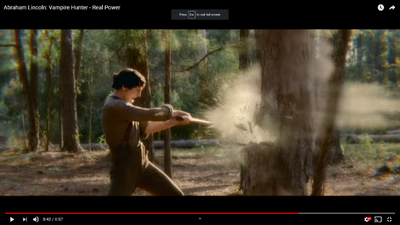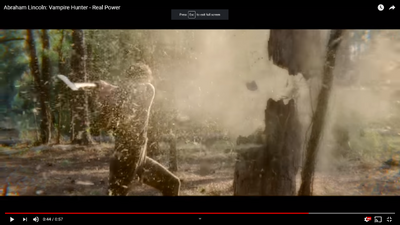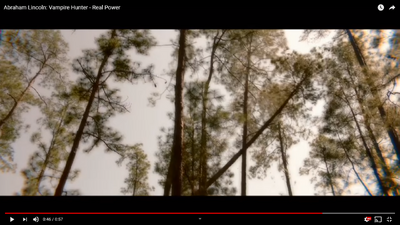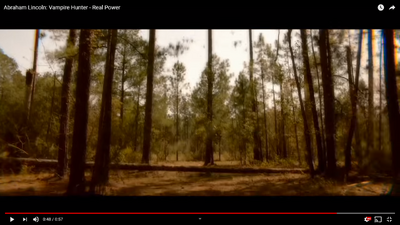- 16,036
- 8,324
If the first two calculations are fine, I can make the changes later.
By the way, this Bambu calculation should be added:
By the way, this Bambu calculation should be added:
Follow along with the video below to see how to install our site as a web app on your home screen.
Note: This feature may not be available in some browsers.
So... the source of the said figures?Spinosaurus75DinosaurFan said:Using more average values of 70 kg, 252.5 cm^2 (average), 0.1 m depth and 0.23 seconds (average), it's 69.9 m/s forward velocity and 85.4 m/s feet hitting water speed.
Since Bambu's calculation is fine; I will add it.Spinosaurus75DinosaurFan said:That looks fine.
I can move that into this specifically designated page instead. Should I compile into that?Agnaa said:@Jason Those Mount Tai feats are laughably specific, they do not belong on the references for common feats page. We don't need a reference feat for every single mountain on Earth, we only need references for generic mountains, which are generally found in the Mountain and Island level requirements page.
You may ask Mariogoods to explain why this should be a common feat.Agnaa said:I think making standard calcs for a mountain I've never heard of is already way too far down a slippery slope; I don't think it belongs in the Mountain & Island level requirements page either.
Just make a calc blog for it that can be referenced in the few instances it comes up.
The big tree feat yield comes from totally destroying one big tree found in dense big forests - in full. Trees found in urban areas or in smaller forests usually fall within the "smaller tree" range.KLOL506 said:Holy shit the big tree wields 9-A+
Also I think we should add values for v. frag and pulv for various tree types in our References for Common Feats page and make it into a table like Jasonsith's done.
Though I'm shit at making tables, so y'all can go loud.




Destroying a glacier - size of glacier to be determined.Votron5 said:What about a destroying a glacier or freezing the Earth's oceans?
Seems fine.Spinosaurus75DinosaurFan said: